Ten Things I Learned During Internet Week 2010
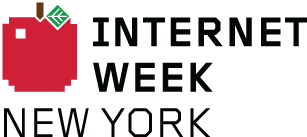
Last week was “Internet Week” here in New York, which means I went to a lot of events. Four, in fact. Over the course of three evenings (Monday through Wednesday) and one day-long extravaganza Friday, and learned a ton. Here’s some of that wealth.
1) The power of good yields tears with thank yous.
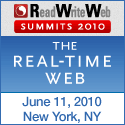 At the ReadWriteWeb Summit, I lead a session titled “The Long Production Cycle of Television: How Traditional Media Can Survive in a Real-Time World” or something to that effect. During it, I mentioned how Sesame Workshop has a lot of outreach programs, and mentioned a recent one, When Families Grieve, which uses the death of Elmo’s Uncle Jack — and the grieving of Elmo and his cousin (Jack’s daughter) Jesse — to help children cope with the loss of a relative. I happened to have a resource kit with me and I passed it around, causing one participant to tear up. She later told me that finding out about the hour-long special and the resource kit was timely for her family, and thanked me for the work the Workshop was doing. It’s a moment I’ll hardly forget.
At the ReadWriteWeb Summit, I lead a session titled “The Long Production Cycle of Television: How Traditional Media Can Survive in a Real-Time World” or something to that effect. During it, I mentioned how Sesame Workshop has a lot of outreach programs, and mentioned a recent one, When Families Grieve, which uses the death of Elmo’s Uncle Jack — and the grieving of Elmo and his cousin (Jack’s daughter) Jesse — to help children cope with the loss of a relative. I happened to have a resource kit with me and I passed it around, causing one participant to tear up. She later told me that finding out about the hour-long special and the resource kit was timely for her family, and thanked me for the work the Workshop was doing. It’s a moment I’ll hardly forget.
2) Michael Jackson was probably innocent of child molestation charges.
At IgniteNYC, Anil Dash made a compelling argument that Michael Jackson did not actually molest a child in 1993, even though he paid the family of that child $20 million (and never faced criminal charges). The salient points: (1) The child’s father, a dentist, was the screenwriter for Robin Hood: Men in Tights and had a massive incentive to try and hit someone like Jackson up for a lot of money, and (2) the guy killed himself a few months after Jacko’s death.
There are other things out there which buttress this stance. As a lawyer, I’m trained to trust in the legal system, and given no convictions here, I’m leaning toward agreeing with Dash.
3) Al Gore really did invent the Internet. (Even though he didn’t really claim that.)
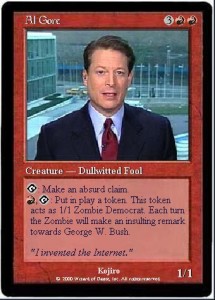 I actually knew this already, but not to the degree I was about to.
I actually knew this already, but not to the degree I was about to.
Bob Wyman joined my friend Jeremie Miller‘s discussion at the RWW Summit (more on this directly below), and suggested that he was present at a meeting to discuss the future of ARPANET, a (if not the) precursor to the present-day Internet. APRANET was the largest of many mini-Internets, and these networks were used mostly for military and/or research purposes.
Gore, then a Congressman, was in those meetings as well, and he championed the idea of making these networks into a venue for commerce. Specifically, Gore pushed the idea that from society’s point of view, having all these networks was unworkable, as it created islands where we needed seamless inter-connectivity. We needed one “Internet”.
Take a look at Gore’s actual claim: “During my service in the United States Congress, I took the initiative in creating the Internet. I took the initiative in moving forward a whole range of initiatives that have proven to be important to our country’s economic growth[.]”
Indeed, as Wyman pointed out, that’s exactly what he did.
4) People are already coding stuff for the Internet of 2020.
That’s not a typo. Twenty-twenty.
Jeremie is building TeleHash, a protocol which allows for decentralized everything. Basically — and I’m 50% sure I have this right (and 50% sure I have it wrong), when completed, TeleHash will allow an application to connect to another application without having to go through a central server or switch. So instead of posting something to (say) Facebook or Twitter or whatever and having your friends login to that service to see it, you simply post the message and the application, via TeleHash, finds your friends and brings the info directly to them.
But what I didn’t know is that TeleHash is years away from being mainstream-useful. At one point, Jeremie said that he’s envisioning this as a part of the Internet of 2020 — ten years out. To put that in perspective: In 2000 — ten years ago — AltaVista was looking at an IPO, Facebook and YouTube had not yet been founded, and PayPal was still an independent company. Looking to solve the problems of 2020 is incredibly ambitious, although for some people, ambitious protocol development is par for the course.
5) We’re at the point where the speed of light — literally — is a significant factor in decision-making at Google.
 In the same discussion, someone asked if we still need big, powerful super-computers, or if a big task can be distributed over many much less powerful machines and done piecemeal. Both Miller and Wyman believed that with rare exception — so rare, in fact, neither could come up with one off the top of their head — distributed computing could process any task that a monolithic super computer could do.
In the same discussion, someone asked if we still need big, powerful super-computers, or if a big task can be distributed over many much less powerful machines and done piecemeal. Both Miller and Wyman believed that with rare exception — so rare, in fact, neither could come up with one off the top of their head — distributed computing could process any task that a monolithic super computer could do.
Which lead someone to ask: Then why does Google have server farms — singular warehouses with huge numbers of very powerful computers? First, Wyman said that the computers probably aren’t all that powerful, which is a bit surprising. Then, he said the most important reason is convenience and cost. Specifically, he noted the air conditioning — it’s cheaper to cool a lot of machines at once than each machine individually. But those are not technical barriers.
Wyman said that there probably aren’t any technical barriers. “Except the speed of light,” he added, his tone dead serious. It’s true.
All these machines need to communicate with each other, and they can only do so at speeds up to the speed of light. The speed of light is about 187 miles per millisecond, which means that two machines next to each other can communicate basically instantaneously. But it’d take 15 milliseconds for the same communication to travel between New York and Los Angeles. It doesn’t seem like it, but it adds up.
6) LiveStreams of interesting panels are impossible to follow.
I tried to watch a few, and failed repeatedly. Most notably, I tried to watch Dave Winer’s Sources Go Direct panel — I’d commented on two of his blog posts on the topic and find the thesis interesting.
Perhaps we’re spoiled by the high production values of events like the Super Bowl or the Oscars, or even the evening news. The camera is almost always trained at the right target, and in the odd event that it isn’t, we immediately notice. Livestreams seem to be that bad stuff, with a bit of good stuff mixed in.
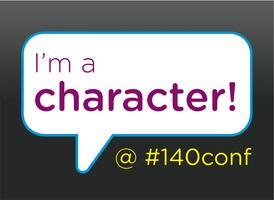 7) There startup/innovation sector in New York City is orders of magnitude larger than I thought it was — and I thought it was big to begin with.
7) There startup/innovation sector in New York City is orders of magnitude larger than I thought it was — and I thought it was big to begin with.
Fom Monday through Wednesday, I went to three events which had probably had, in total, over 500 people. And while those events were going on, so were a bunch of others. For example, while I attended IgniteNYC on Wednesday, a lot of others were in Brooklyn for Social Climbing. While I went to the #140conf Party, I skipped the NY Tech Meetup which started just as the former ended — 30 minutes away.
Of those hundreds of people, how many did I see at more than one event?
Under five. Yes, I had met many of them beforehand, and yes, I’d end up seeing a few of them on Friday. But the overlap between the early groups was virtually zero, which is a testament to the size and diversity of the NYC tech scene.
8 ) The average wait time for a doctor’s appointment in New York? 24 days.
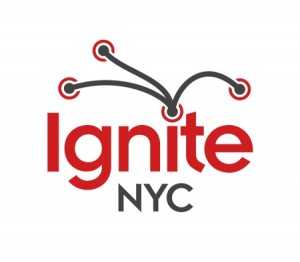 At IgniteNYC, Karsten Vagner of ZocDoc gave an impassioned cry for better customer service in the health care industry. He pointed out that when we go on a trip somewhere, and our plane is delayed even an hour, we flip out — how dare they! But when a doctor makes us sit and wait, whatever.
At IgniteNYC, Karsten Vagner of ZocDoc gave an impassioned cry for better customer service in the health care industry. He pointed out that when we go on a trip somewhere, and our plane is delayed even an hour, we flip out — how dare they! But when a doctor makes us sit and wait, whatever.
According to Vagner, a New Yorker will wait, on average, the better part of a month to get an appointment with a doctor. From experience, this is unsurprising. It’s mostly driven by specialists, though, who have non-emergency/timely matters. For example, we book allergist appointments months in advance, knowing full well that there’s a need for a checkup/re-test, but nothing which can (or should) be don immediately.
Even so, that’s a great little factoid.
9) Even a near-perfectly scripted presentation by a master showman can be upstaged by an errant comment from the peanut gallery.
The master showman? Steve Jobs.
Heather Gold ran a breakout session at the ReadWriteWeb Summit, talking about “tummeling.” Not knowing what that meant — and I’m all but sure that it is not a real word — I joined the conversation, intent on finding out. When I joined, she was speaking with Marshall Kirkpatrick about how often, the best part of a blog post or speech is the authentic, unplanned-on feedback you get from the audience.
Cue “ah-ha” moment. I piped up and mentioned that Steve Jobs ran into network problems during his keynote, and at one point, asked if anyone had any suggestions.
An audience member offered one: “Verizon.” (You can see that part in the video at Gizmodo, with roughly 20 seconds left until it ends.)
That was the highlight of the keynote. Certainly the most memorable part.
10) There are people out there who are leading indicators of what’s going to become big news. And they may not even know it.
Kirkpatrick gave an opening keynote at the RWW Summit and discussed how the blog tracks potentially viral stories. One of the techniques the RWW team uses is to take trending Techmeme stories and look back at Del.icio.us to see if anyone bookmarked stories ahead of time.
They gather up those early bookmarkers and build a small, informal database. Over time, the find repeat users in the list. They now have about a dozen people who, solely by virtue of this process, RWW recognizes as meme bloodhounds.
That’s incredibly impressive, and kudos to the RWW team for mining these networks to find true gems — even if the gems don’t know their value.
* * *
Thank you to everyone I met, spoke to, and listened to last week. Internet Week 2010 was a great learning experience, and I’m better off for having participated.
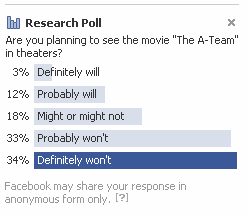
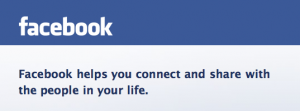 And one would assume that Facebook would want to make the Suggestions tool as close to perfect as possible. Hey, it fits with their mission, over there on the right in big bold letters: “Facebook helps you connect and share with the people in your life.” If Facebook could actually help me find those people, it’d be a huge first step toward connecting and, subsequently, sharing.
And one would assume that Facebook would want to make the Suggestions tool as close to perfect as possible. Hey, it fits with their mission, over there on the right in big bold letters: “Facebook helps you connect and share with the people in your life.” If Facebook could actually help me find those people, it’d be a huge first step toward connecting and, subsequently, sharing.
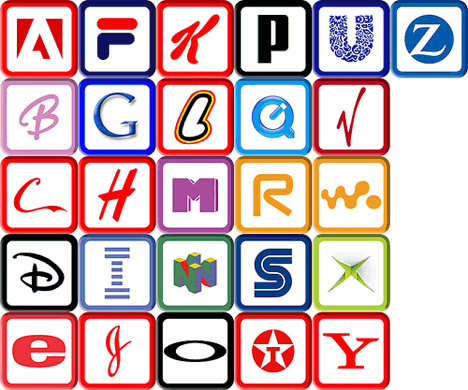

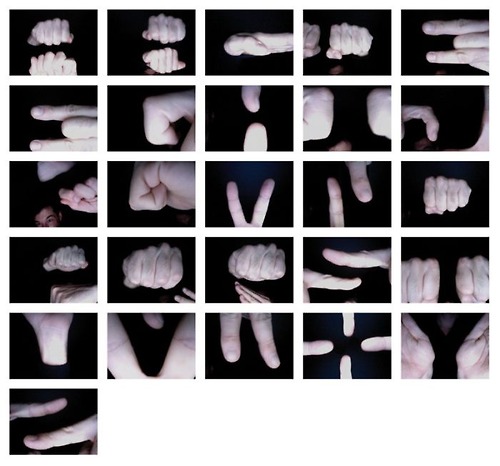
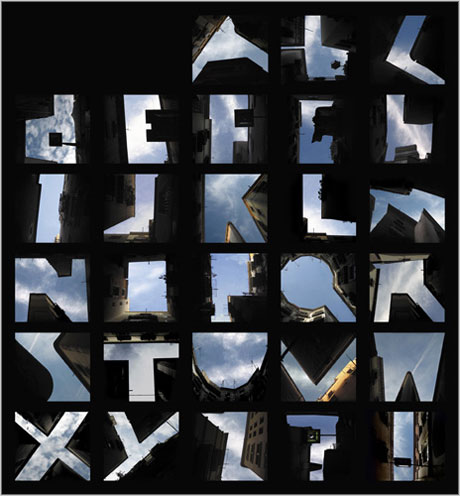
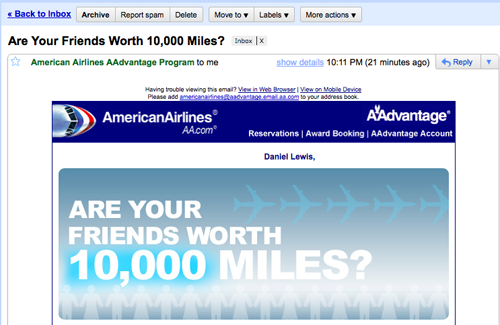

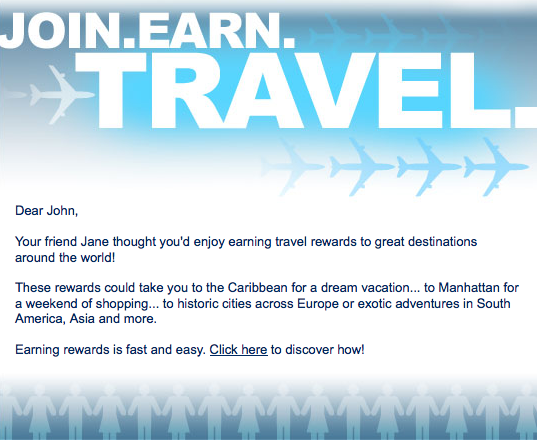

 Newspapers are slowly dying off because the cost to distribute content via newsprint — something that used to be the industry’s biggest competitive advantage — is now a massive disadvantage. But the editorial cycle, where writers and editors are vetted and hired; articles are vetted and edited by these pre-screened talents; etc.
Newspapers are slowly dying off because the cost to distribute content via newsprint — something that used to be the industry’s biggest competitive advantage — is now a massive disadvantage. But the editorial cycle, where writers and editors are vetted and hired; articles are vetted and edited by these pre-screened talents; etc.